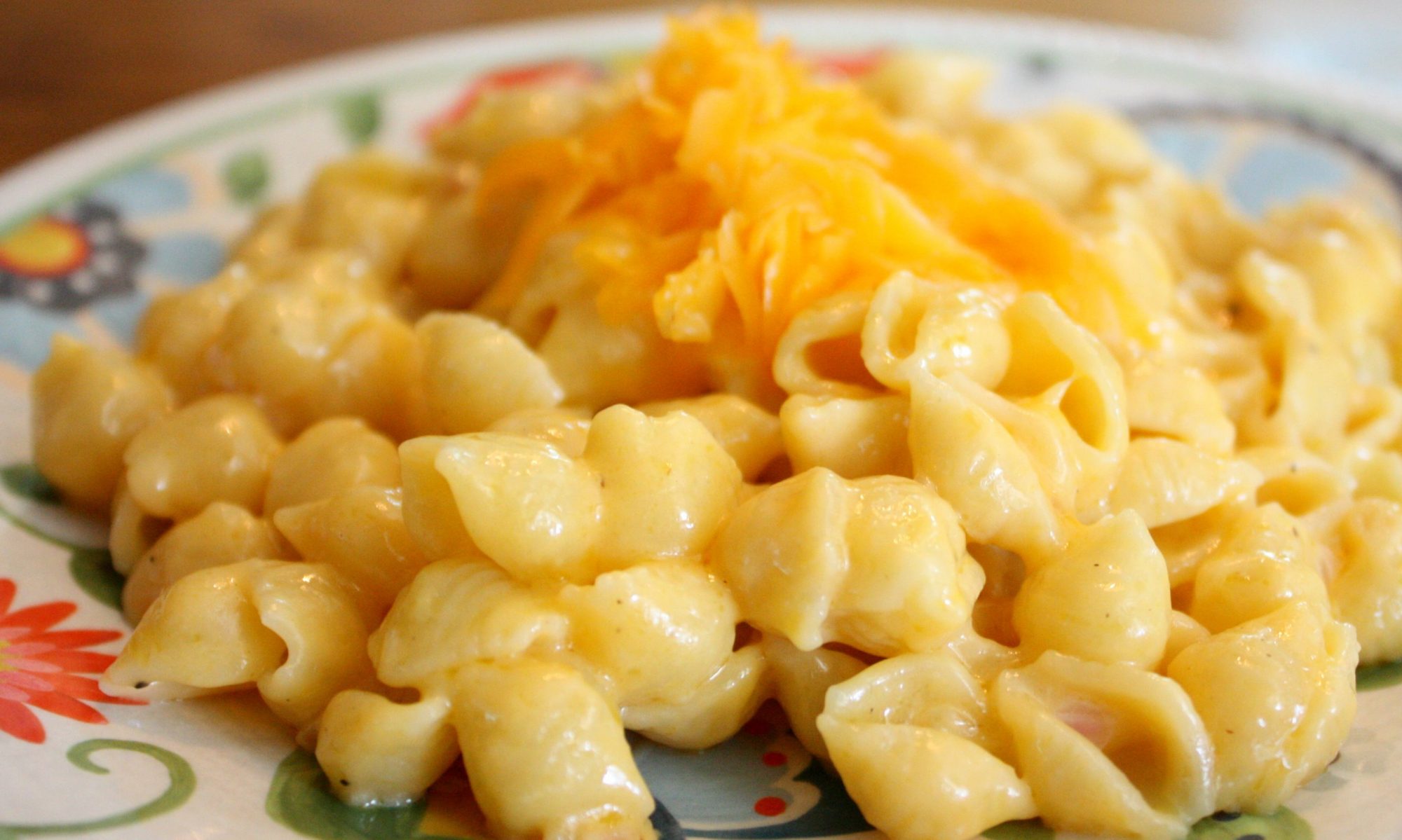Black Pepper
Black Pepper (Piper Nigrum) is a flowering vine in the family Piperaceae.
Black pepper is native to India and is extensively cultivated there and elsewhere in tropical regions for its fruit, which is usually dried and used as a spice and seasoning.
The fruit, known as a peppercorn when dried, is dark red when fully ripened, and contains a single seed. Peppercorns, and the powdered pepper derived from grinding them, may be described simply as pepper, or more precisely as black pepper, white pepper, or green pepper.
Black Peppercorns
Black Peppercorns are produced from the still-green unripe drupes of the pepper plant. (A drupe is a fruit in which an outer fleshy part surrounds a shell, the pit or stone, with a seed inside). Peppercorns like all drupes, contains a single seed.
The drupes are cooked briefly in hot water, both to clean them and to prepare them for drying. The drupes are dried in the sun or by machine for several days, during which the pepper around the seed shrinks and darkens into a thin, wrinkled black layer. Once dried, the spice is called black peppercorn.
Malabar peppercorns are regarded as having the finest flavor of the mass-produced varieties. A step above Malabar is Tellicherry which is a larger and more mature peppercorn, possessing a more developed flavor.
Green Peppercorns
Green Peppercorns come from the same Indian vines as black peppercorns, but are harvested before they mature. Green peppercorns, like black, are made from unripe drupes.
Dried green peppercorns are treated in a way that retains the green color.
These methods include treatment with sulfur dioxide or freeze-drying.
Pink Peppercorns
Pink Peppercorns are the fruits of a plant from a different family, the Peruvian pepper tree, and its relative the Brazilian pepper tree.
Unlike the black, white and green, the pink really aren’t peppercorns, but they are called so because of their size and flavor.
A product called orange pepper or red pepper consists of ripe red pepper drupes preserved in brine and vinegar. Ripe red peppercorns can also be dried using the same color-preserving techniques used to produce green peppercorns.
Pink pepper from Piper Nigrum is distinct from the more-common dried “pink peppercorns” mentioned above.
White Peppercorns
White peppercorns start out the same as black peppercorns, but then are allowed to ripen more fully on the vine. White peppercorns consist of the seed of the pepper plant alone, with the darker colored skin of the pepper fruit removed.
This is usually accomplished by a process known as retting, where fully ripe Muntok peppers are soaked in water for about a week, during which the flesh of the pepper softens and decomposes. Rubbing then removes what remains of the fruit, and the naked seed is dried. Some higher grade white peppercorns, such as Sarawak, are held under a constantly flowing stream of Artesian spring water, yielding a whiter color, and an extra clean product.
Alternative processes are also used for removing the outer pepper from the seed. These include the removal of the outer layer from black pepper through mechanical, chemical or biological methods.
